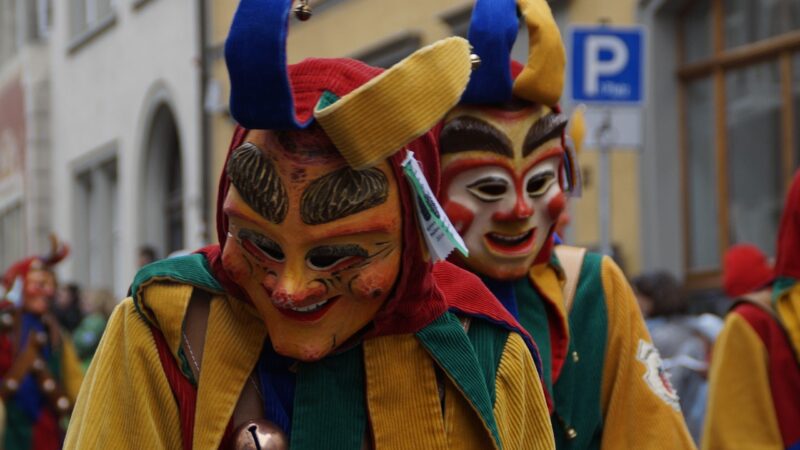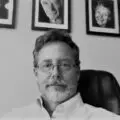

Well, the Trickster has done it again. Just when you think your trousers are ready to fasten, Trickster sneaks up and pulls them down to your ankles.
In my five-session Jung Platform on-demand course on “The Trickster Archetype,” we talked a bit about the Tricky One’s symbolic hand in the creation of the universe, during which a more or less smooth cloud of plasma congealed into clumps that evolved into galaxies, stars, and planets. The plasma congealed because, less than a second before it existed, quantum fluctuations went jumping this way and that, unpredictably but powerfully, in a spacetime the size of a melon. Trickster rules the quantum realm.
When the James Webb Space Telescope came online, it took a series of breathtaking photographs: stunningly bright and clear starscapes framed by clouds of blackness.
Breathing stopped momentarily, however, when galaxies appeared that had formed only 500-800 million years after the Big Bang. Ultra-massive galaxies accompanied by no smaller galaxies. None of which was supposed to happen. So much for the standard cosmological model!
Or was it? The frenzy too bore Trickster’s mark: in social media, reels proliferated excitedly declaring the end of the model and the Big Bang too. Not so fast.
To give you an idea of the formerly accepted time scale, that quark-gluon plasma cooled down enough to distill protons, neutrons, and other familiar particles 10-5s after the Bang, or rather, Whoosh, because nothing exploded. 0.00001 seconds. At around twenty minutes out, the expanding universe was about 75% hydrogen and 25% helium and traces of other light elements.
For a long time after that, the universe was opaque because of photons—light waves—bouncing off all the protons and electrons flying around. The photons had nowhere lengthy to go. Then, around 200,000 million years after the Whoosh, particles calmed down enough to form the first stars. In another 200,000, the first galaxies appeared. Tiny ones, we thought.
Mere smudges of galaxies 400,000 years after the Whoosh. That is what we expected to see. Even dwarf galaxies were not set to debut until a billion years after the beginning of all.
So what are fully fledged galaxies doing out there around the time when the first small ones were supposed to form? Some larger than our own Milky Way Galaxy? No one knows—yet.
I still recall the deflation in college science teachers learning that 96% of the universe was made not from the visible matter we’d learned all about for years, but out of dark matter and energy—in other words, the unknown.
What a lesson in humility that discovery inflicted, at least on those of us clinging to stable explanations and supposed certainties.
Perhaps it was time for another humbling, arranged once again by Trickster.
In his course The Trickster Archetype, Craig Chalquist examines the Trickster through a Jungian lens. He weaves together ancient wisdom and modern insightsWe will learn to appreciate the special nature of this archetype and the demands it can make on us. Go here to learn more!

Craig Chalquist
Craig Chalquist, Ph.D. is a depth psychologist and storyteller with a background in Family Systems Therapy. He teaches at the California Institute of Integral Studies and at Pacifica Graduate Institute, where he was formerly the associate provost. He has also presented at various Jungian institutes and societies.
More Posts by Craig Chalquist